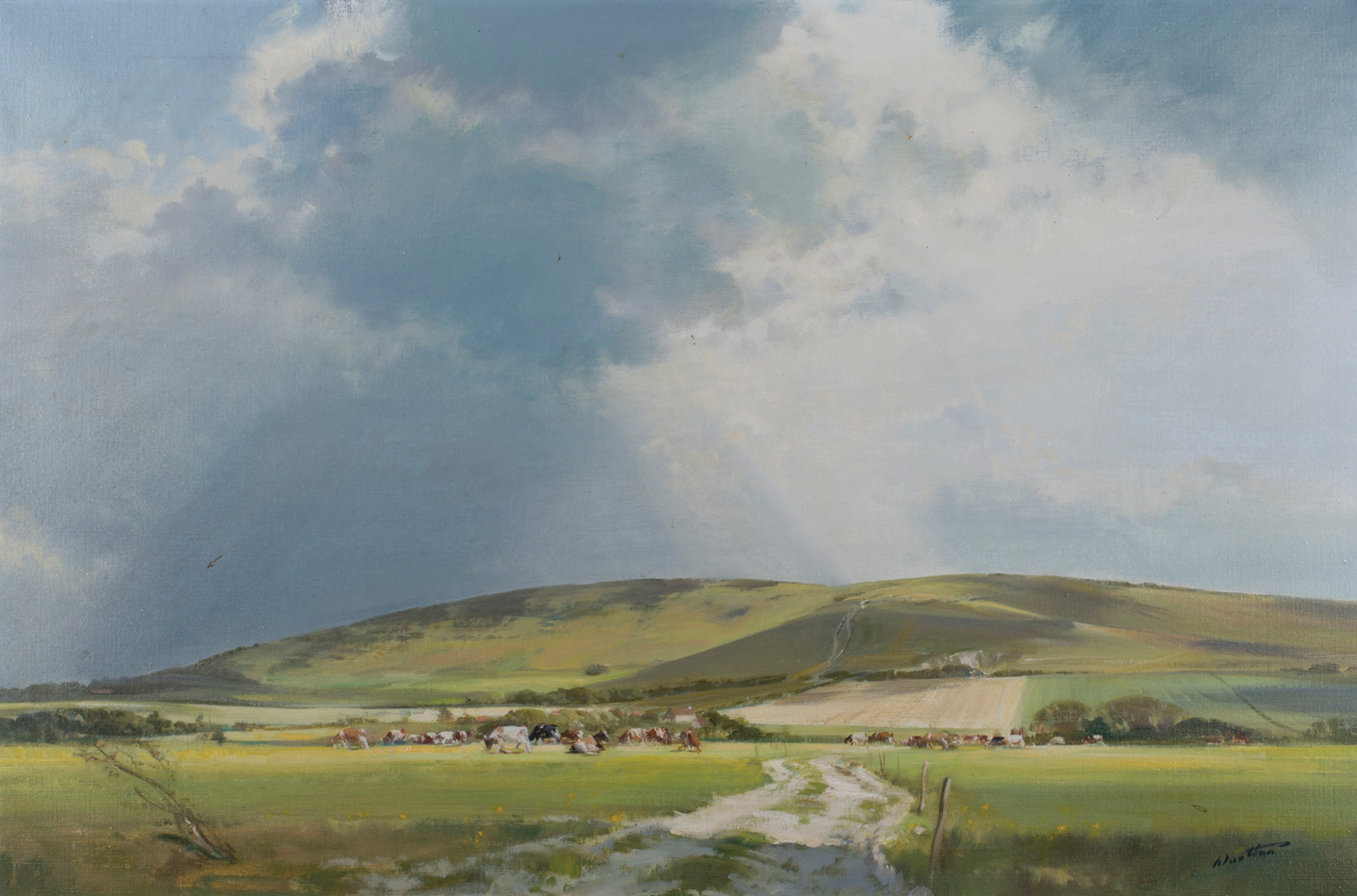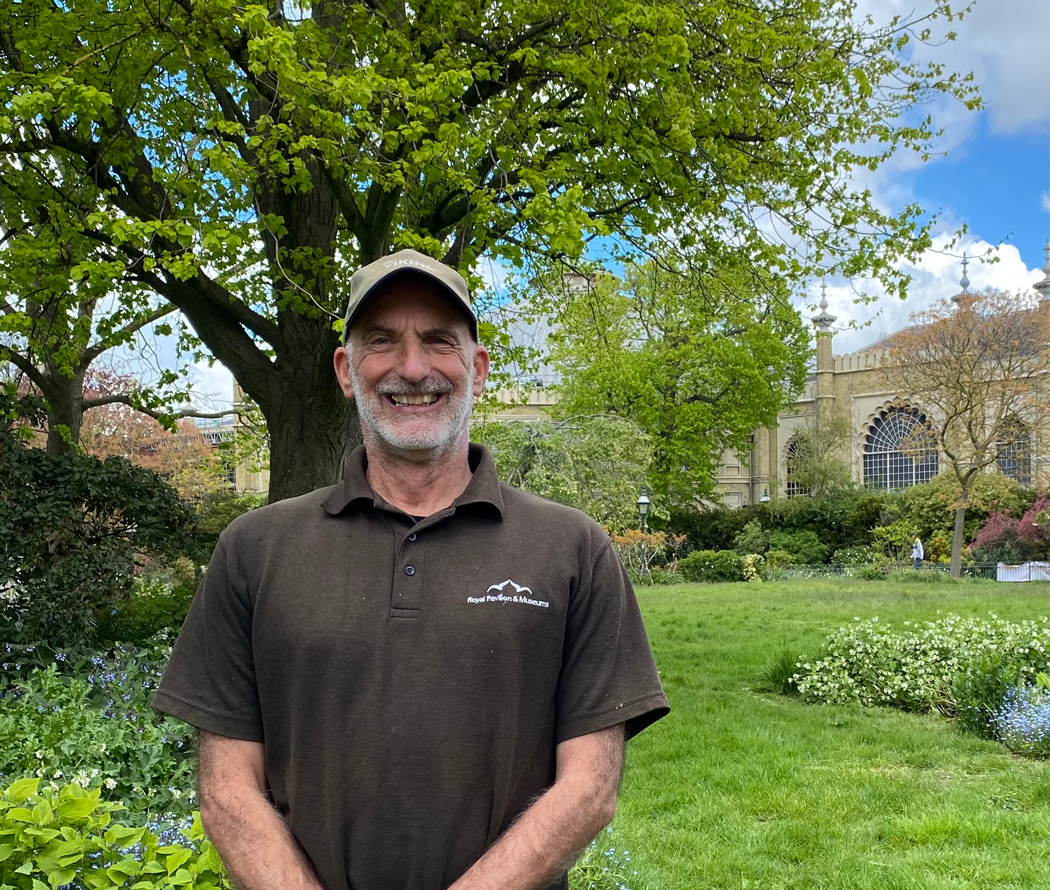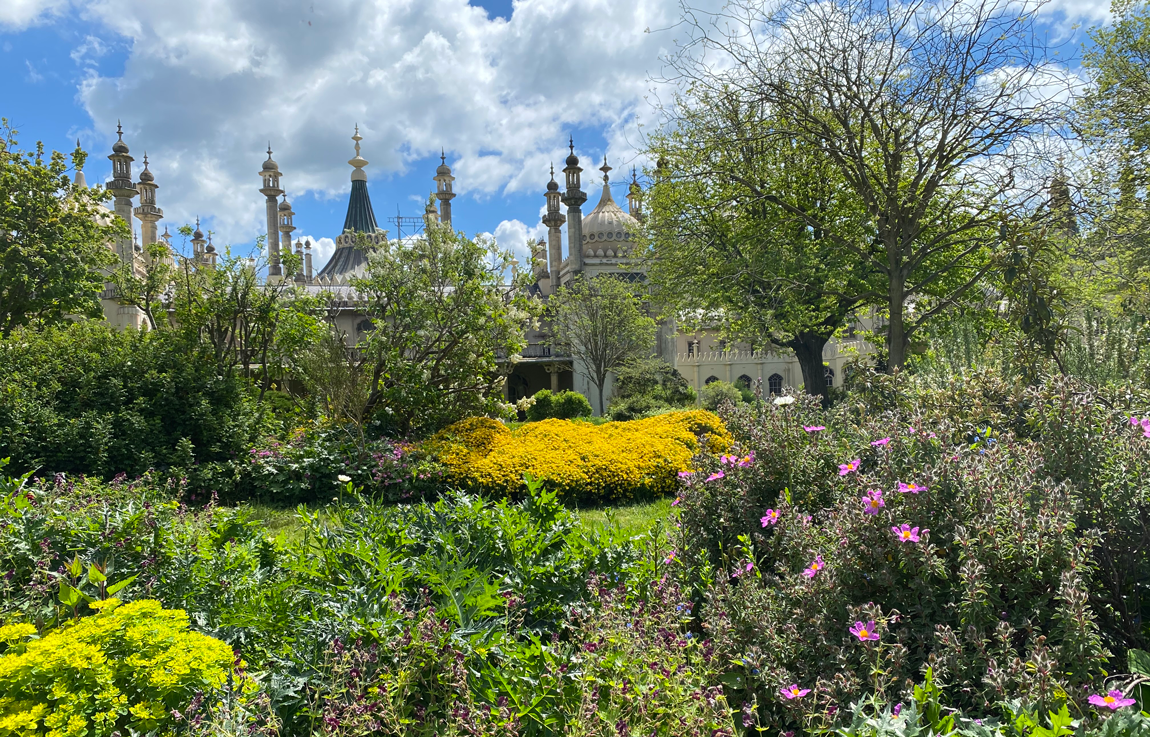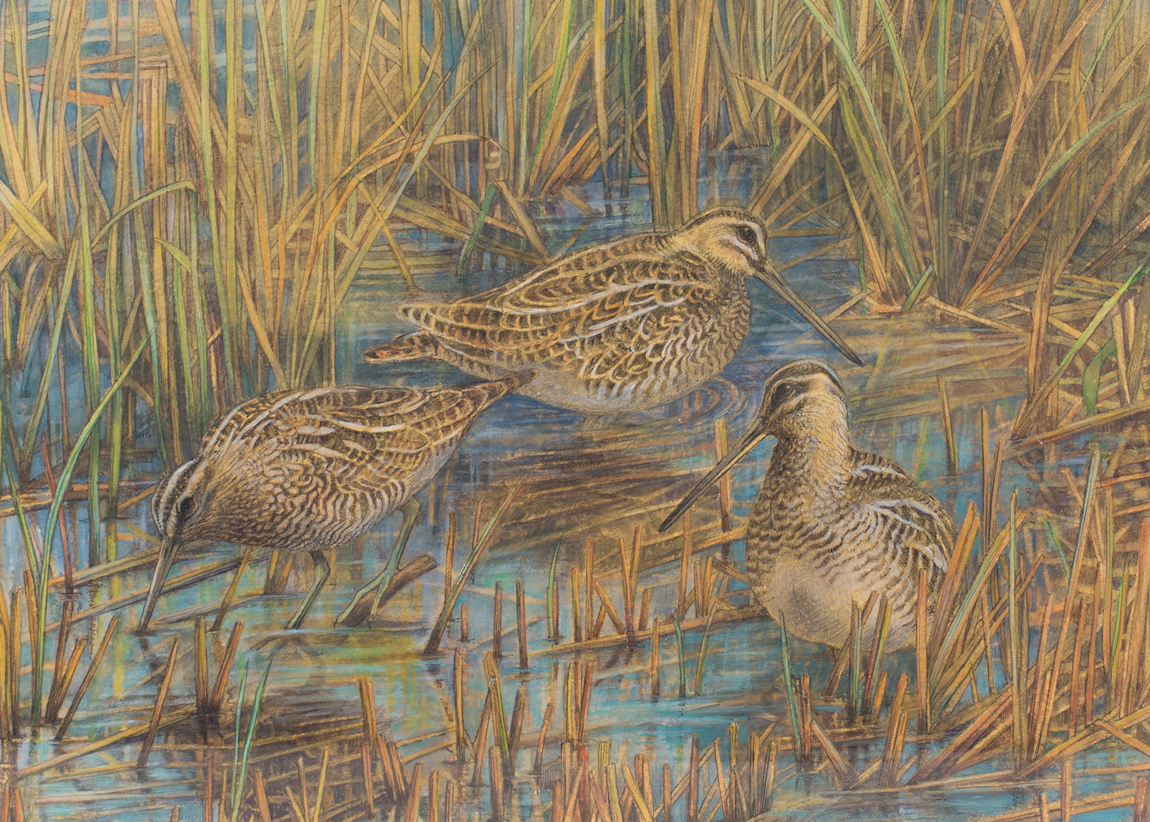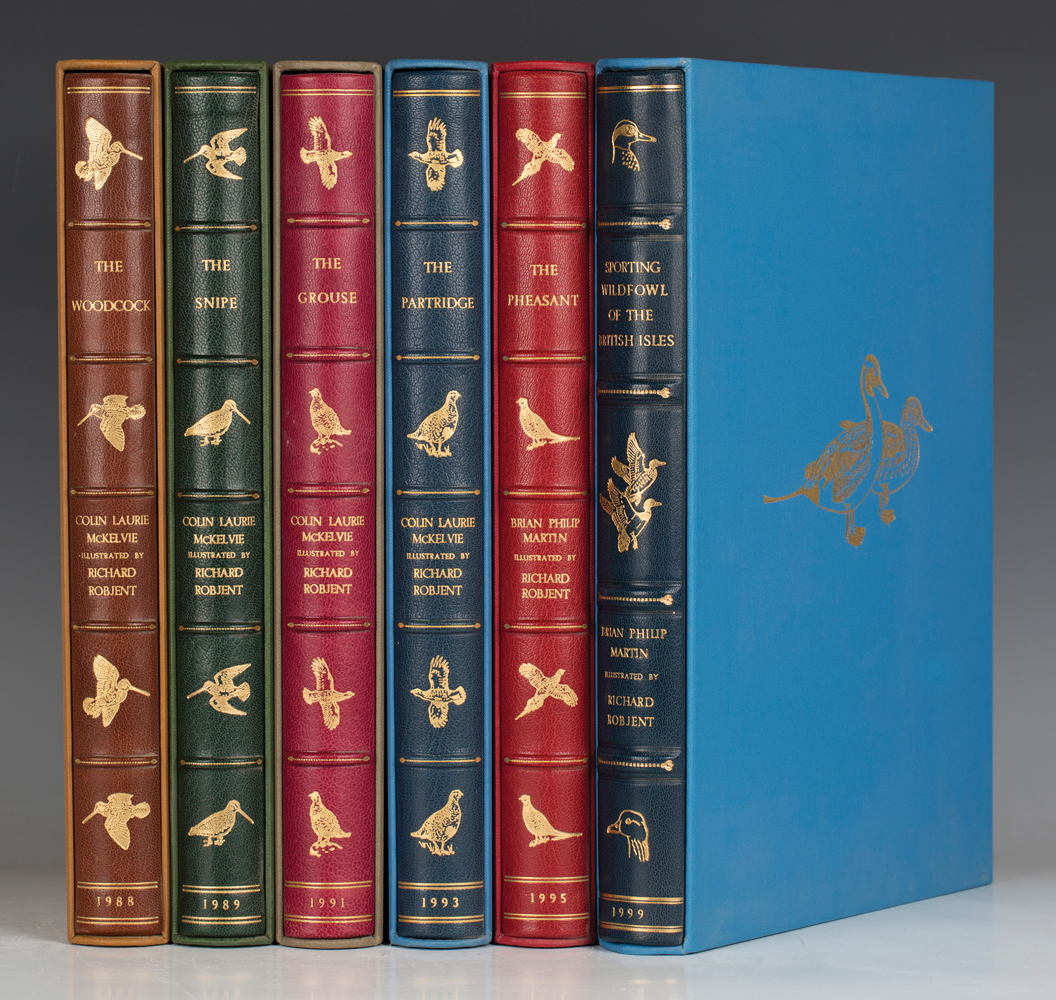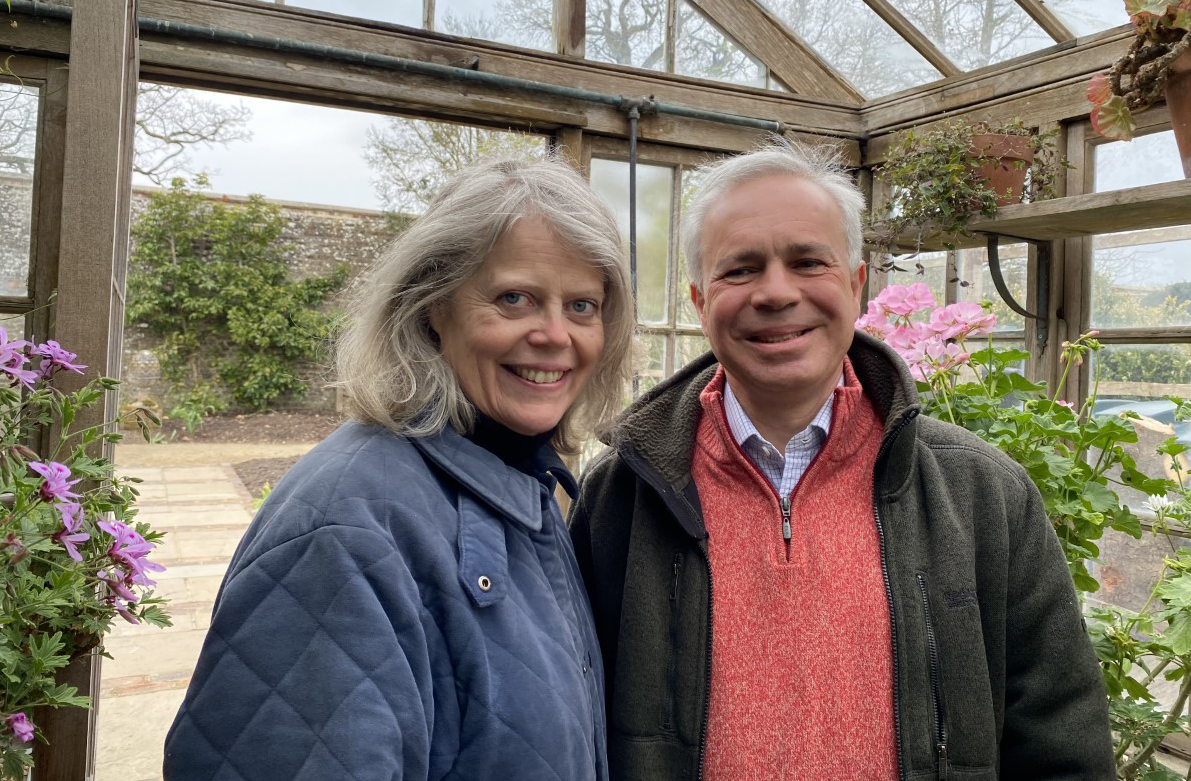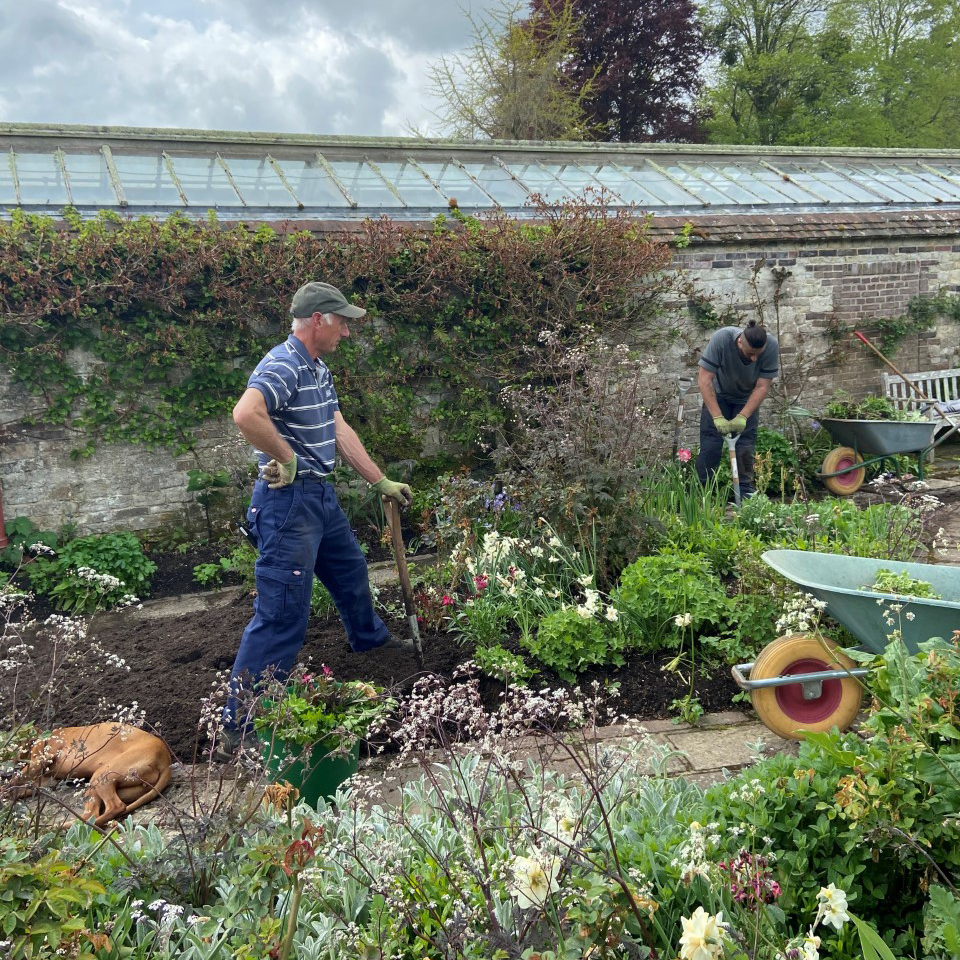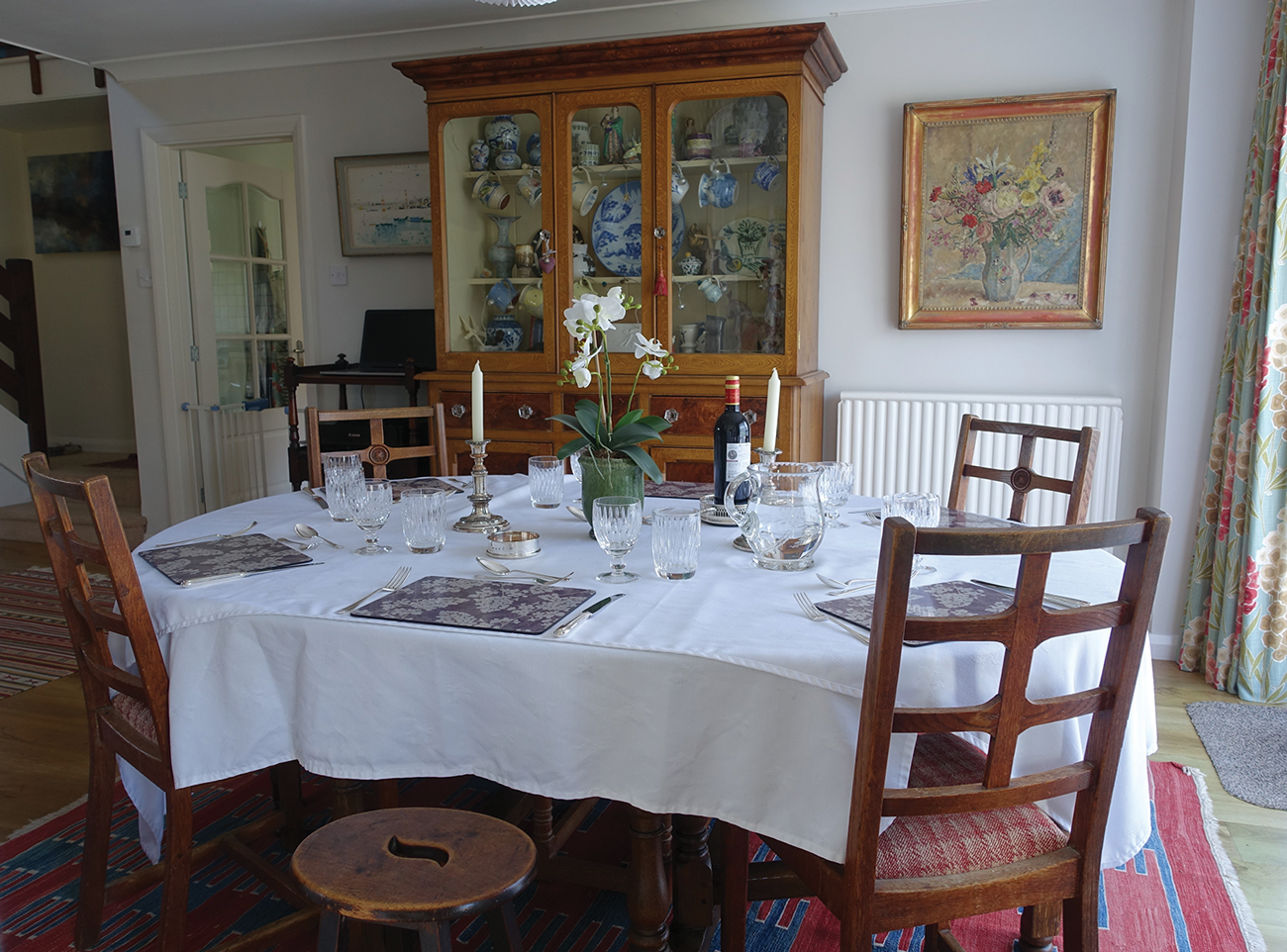
The findings of the 2021 Art Basel and UBS Global Art Market Report highlights the trends we are witnessing here in Sussex with future growth in collecting.
Covid-19 has affected our lives in so many different ways, there have been joys and sorrows. And yet those I meet are hopeful about the future.
In the auction, art and antique world I have witnessed a collecting boom alongside the tender shoots of a renaissance of interest in more traditional art and antiques. English Country House Taste, which the young are now calling The New Minimalism, gives expression to their desire to have a minimal impact on the world by celebrating older furniture and objects which make no demands on the world’s precious resources. Women, too are having a stronger influence on collectors’ markets. The huge investment in our online offer over many years has brought dividends to our clients as collectors have embraced our digital showroom.
However, collectors and sellers have been delighted to return to the salerooms and sales once again by appointment.
The report notes that the US retained its position as market leader in 2020 with a share of 42% of global sale values. For the third year running the UK maintained its second place position with a 20% share but this year on level pegging with China.
The report illustrates how the digital transformation has accelerated as auctioneers, galleries and fairs moved their sales online in response to the challenges of Covid-19. Perhaps unsurprisingly online sales doubled in value from 2019 to reach a record high of $12.4 billion. The report highlights that for the first time the share of e-commerce in the art market exceeded that of general retail. The figure represented a record 25% share of the market’s total value.
The collectors surveyed remained actively engaged with the art market. Despite having fewer opportunities to buy in person they purchased almost as many items in 2020 as they had in 2019.
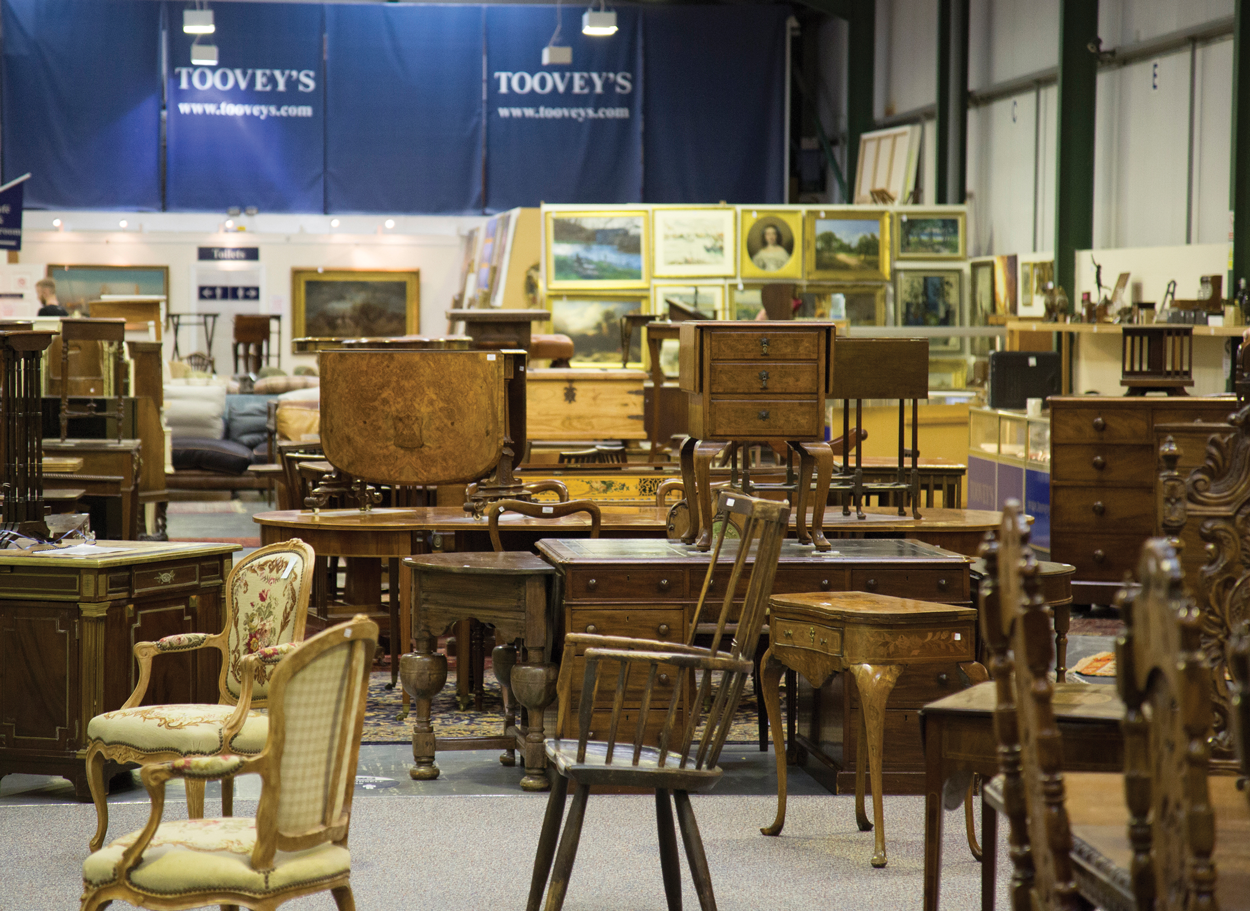
Among the most exciting statistics in the report 66% of those surveyed said the pandemic had increased their interest in collecting, and one third (32%) said significantly. This increase shows the resilience and appeal of our market and matches our experience at Toovey’s here in Sussex. The majority of collectors noted their intention to be active in 2021, with 57% planning to purchase more work.
Foot traffic data from UBS Evidence Lab offered early indications of renewed visits to commercial galleries in 2021 and that has been our experience too.
An exciting development is the continued growth in women’s buying power and influence in the market. In 2020 women spent more than men with their average expenditure rising 13% year-on-year.
Millennials are also becoming influential in the market and are more likely to be active online, the report noting greater use of online viewing and social media.
The trend towards future growth in collecting and furnishing in a sustainable way in the looks set to continue with Britain maintaining its success in the global art market.
